 How to Dinghy Tow Your Vehicle | Buick Canada
How to Dinghy Tow Your Vehicle | Buick Canada
 How to Dinghy Tow Your Vehicle | Buick Canada
How to Dinghy Tow Your Vehicle | Buick Canada
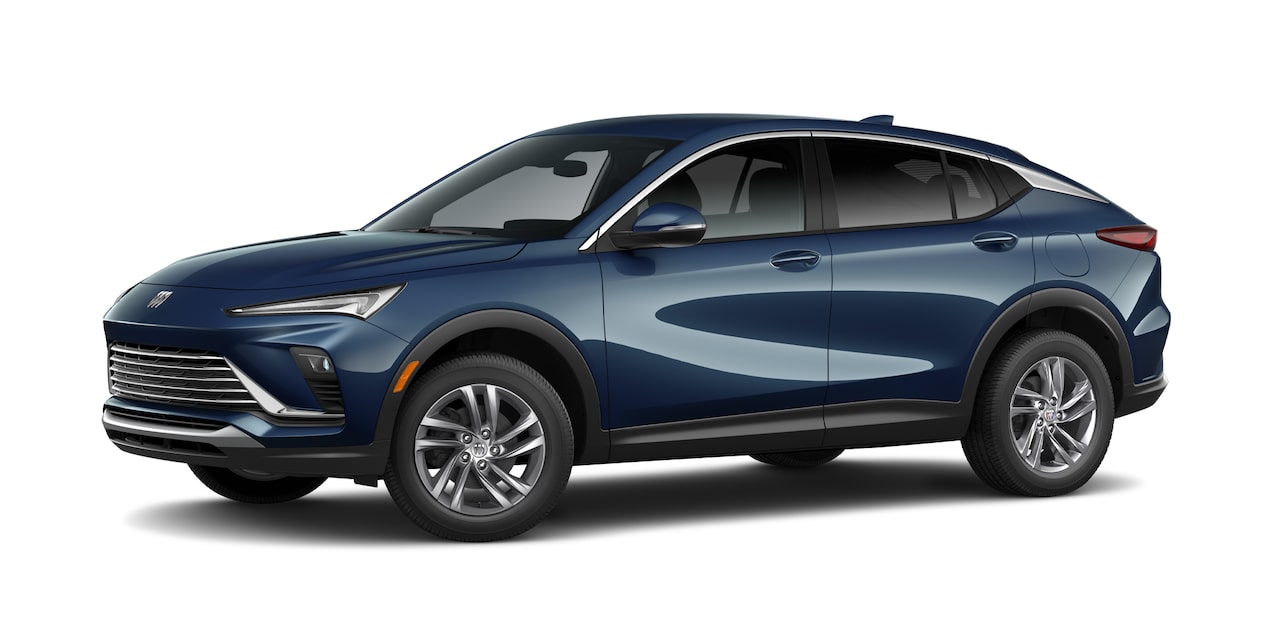
Starting at: {{starting_price}}{{starting_price_disclosure}}
As shown: {{as_shown_price}}{{as_shown_price_disclosure}}
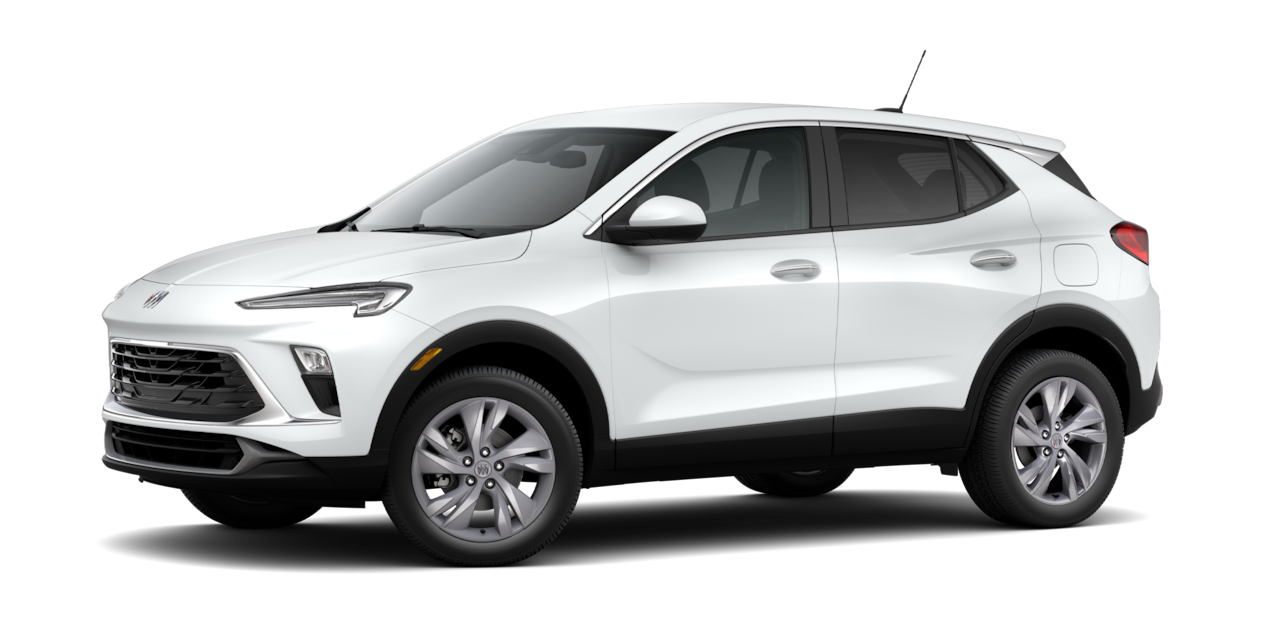
Starting at: {{starting_price}}{{starting_price_disclosure}}
As shown: {{as_shown_price}}{{as_shown_price_disclosure}}
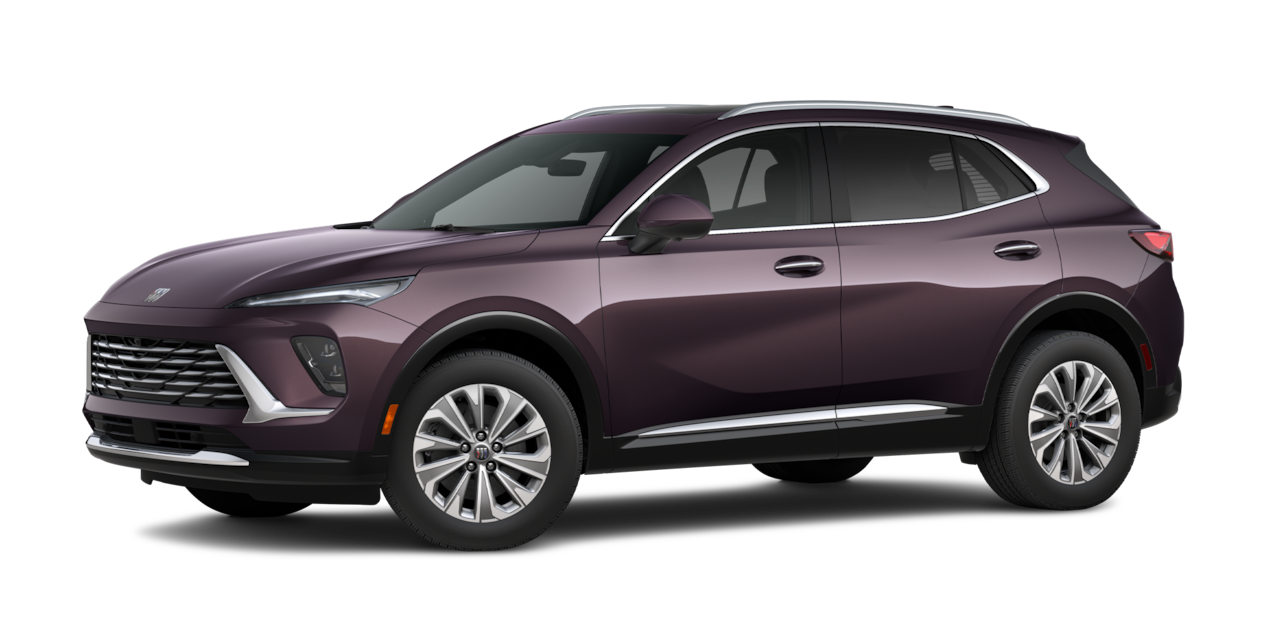
Starting at: {{starting_price}}{{starting_price_disclosure}}
As shown: {{as_shown_price}}{{as_shown_price_disclosure}}
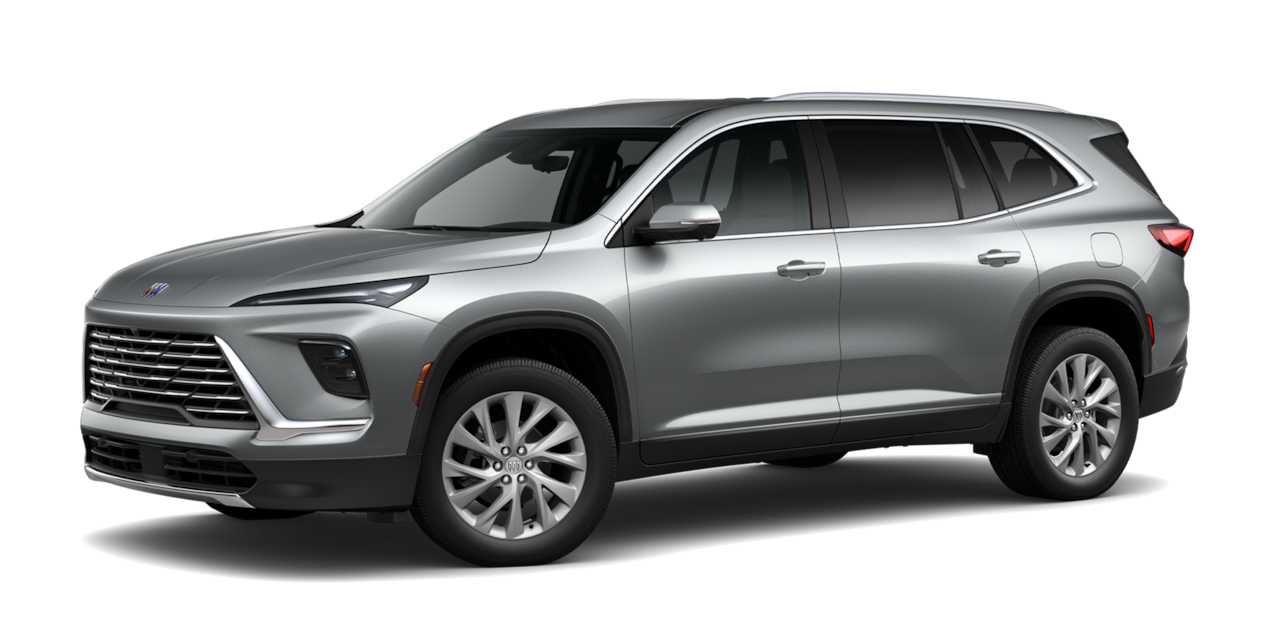
Starting at: {{starting_price}}{{starting_price_disclosure}}
As shown: {{as_shown_price}}{{as_shown_price_disclosure}}
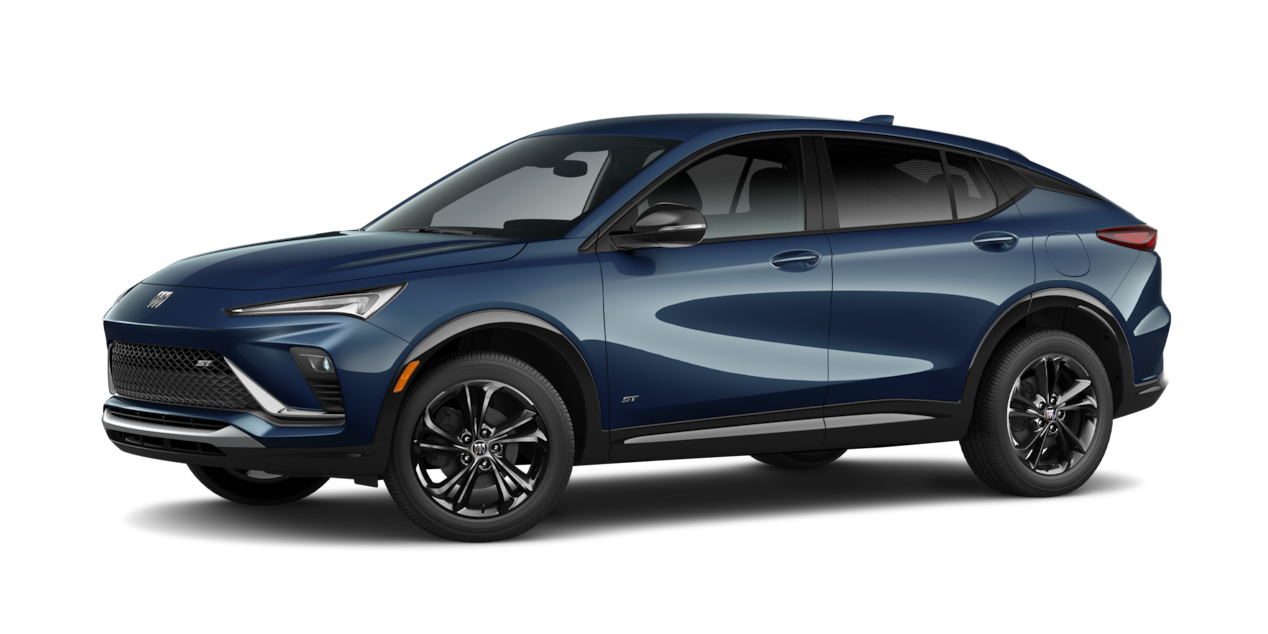
Starting at: {{starting_price}}{{starting_price_disclosure}}
As shown: {{as_shown_price}}{{as_shown_price_disclosure}}
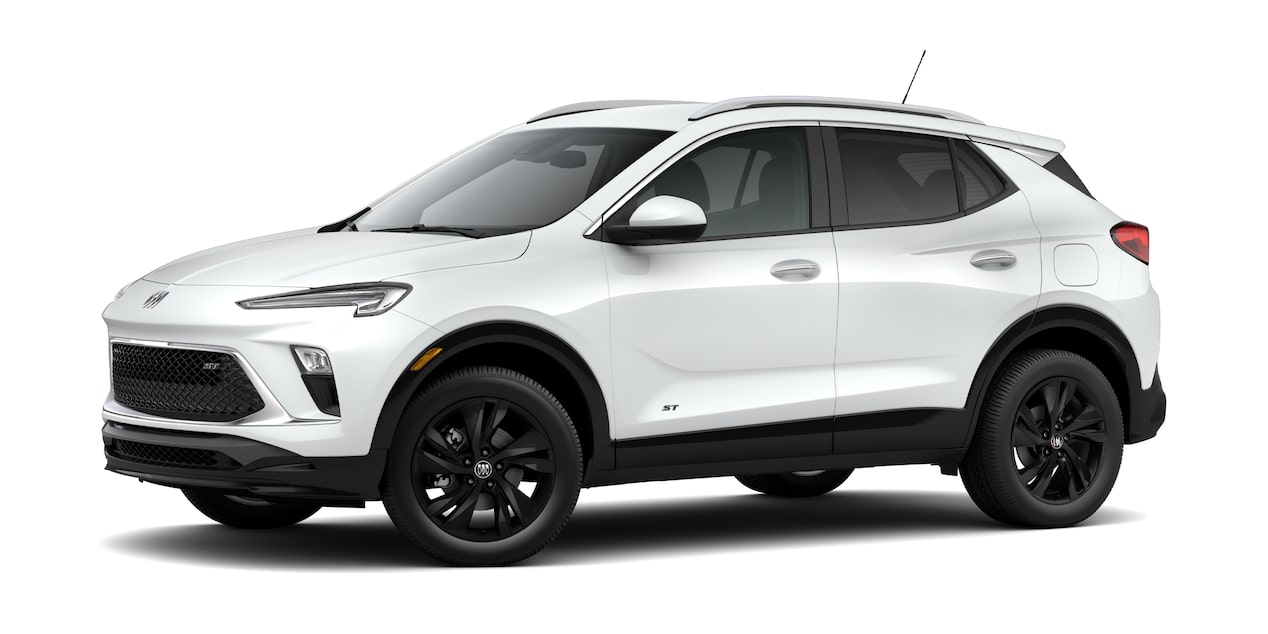
Starting at: {{starting_price}}{{starting_price_disclosure}}
As shown: {{as_shown_price}}{{as_shown_price_disclosure}}
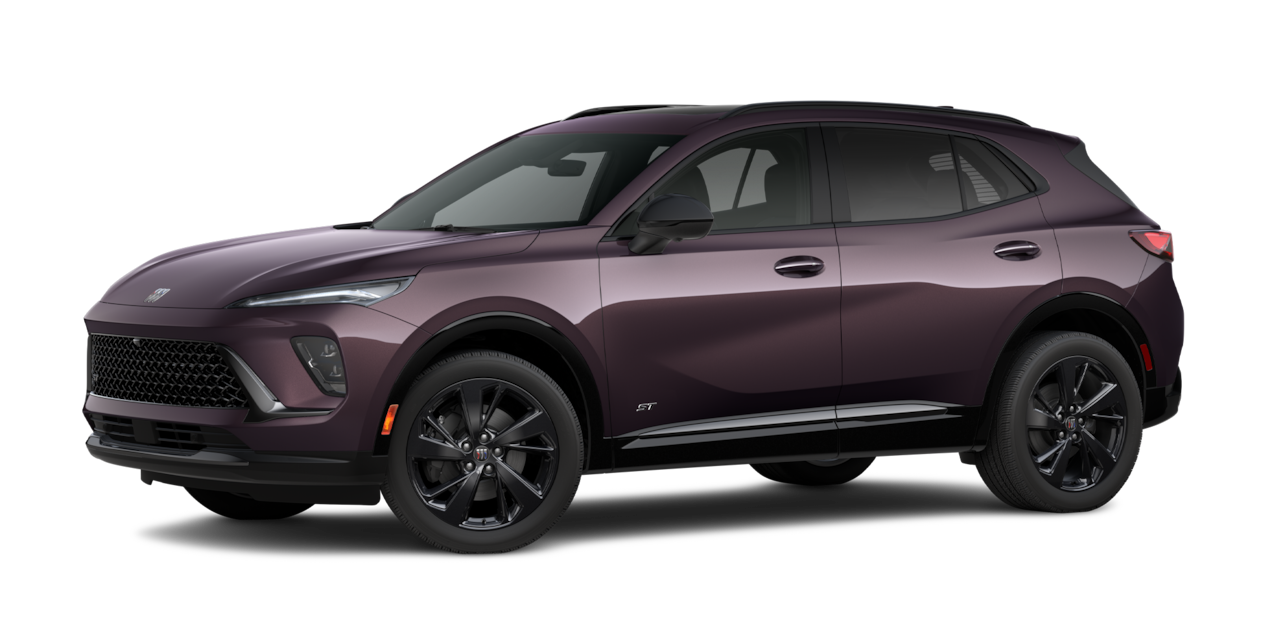
Starting at: {{starting_price}}{{starting_price_disclosure}}
As shown: {{as_shown_price}}{{as_shown_price_disclosure}}
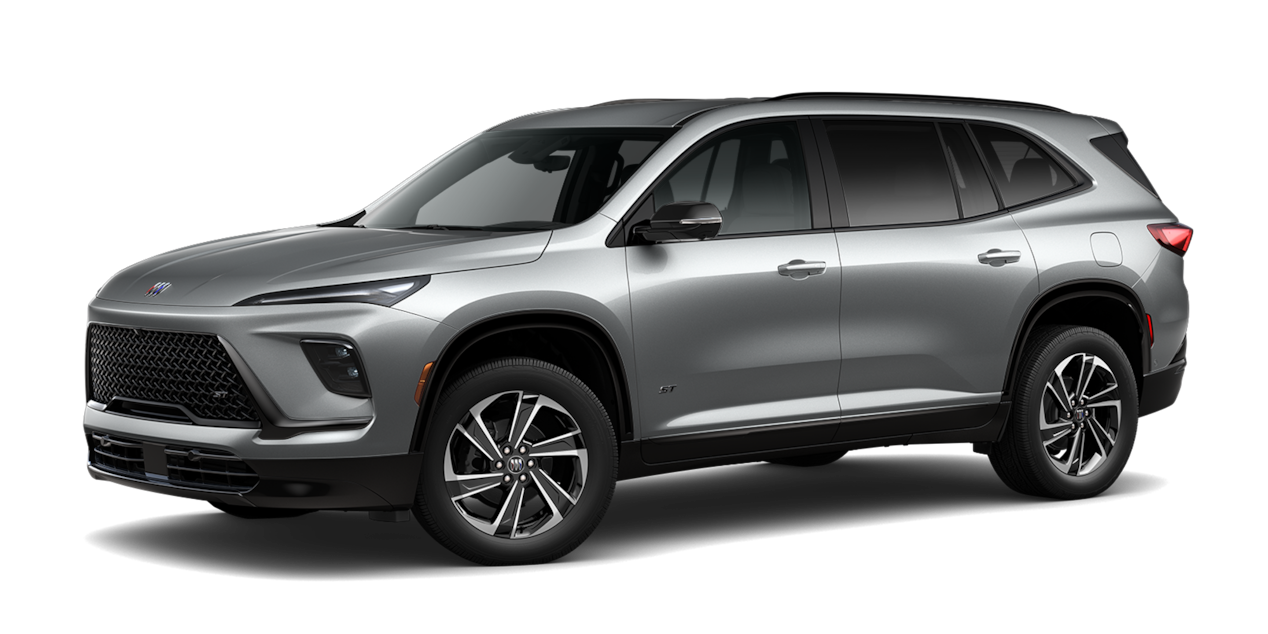
Starting at: {{starting_price}}{{starting_price_disclosure}}
As shown: {{as_shown_price}}{{as_shown_price_disclosure}}
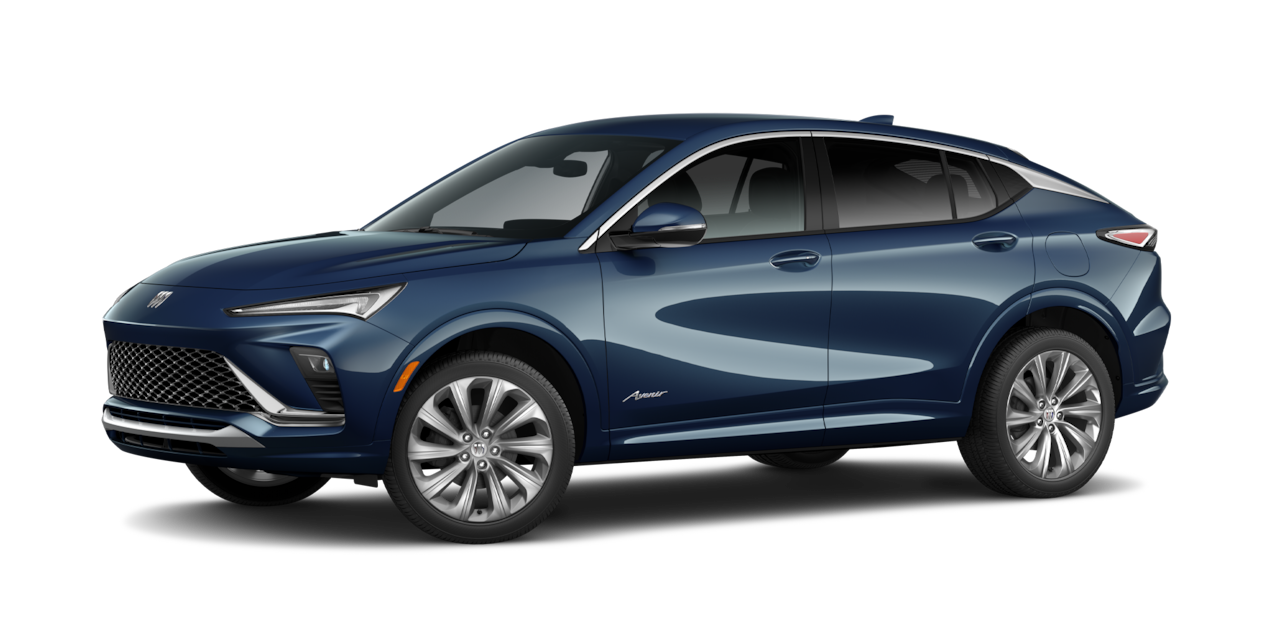
Starting at: {{starting_price}}{{starting_price_disclosure}}
As shown: {{as_shown_price}}{{as_shown_price_disclosure}}
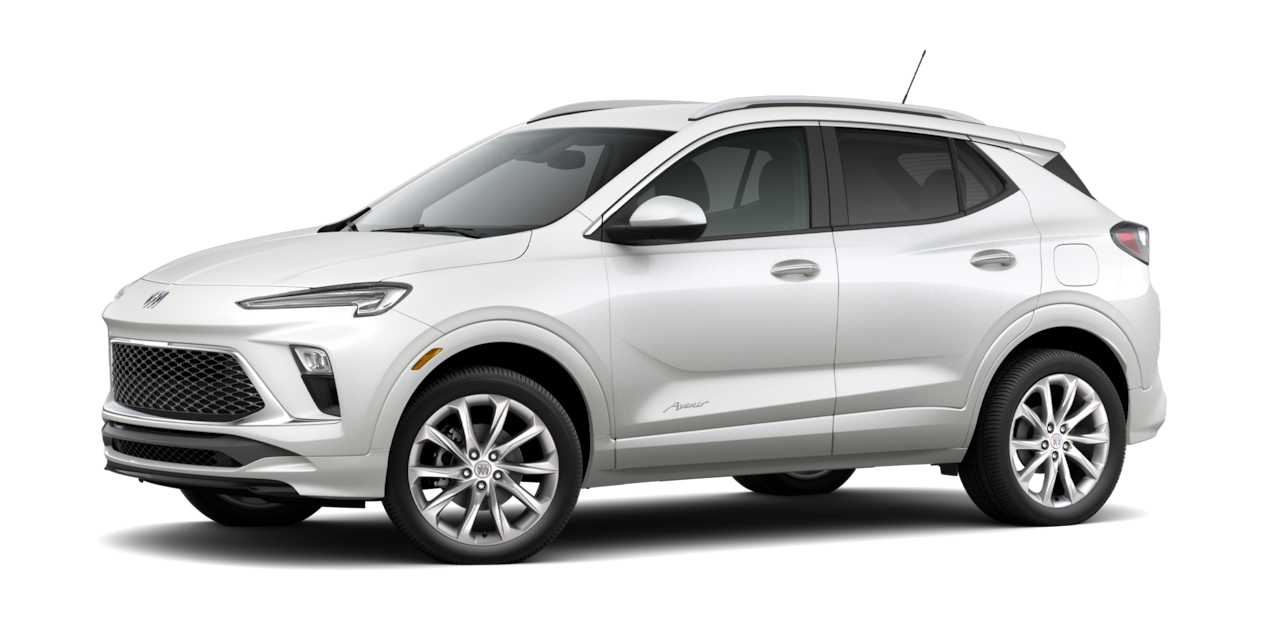
Starting at: {{starting_price}}{{starting_price_disclosure}}
As shown: {{as_shown_price}}{{as_shown_price_disclosure}}
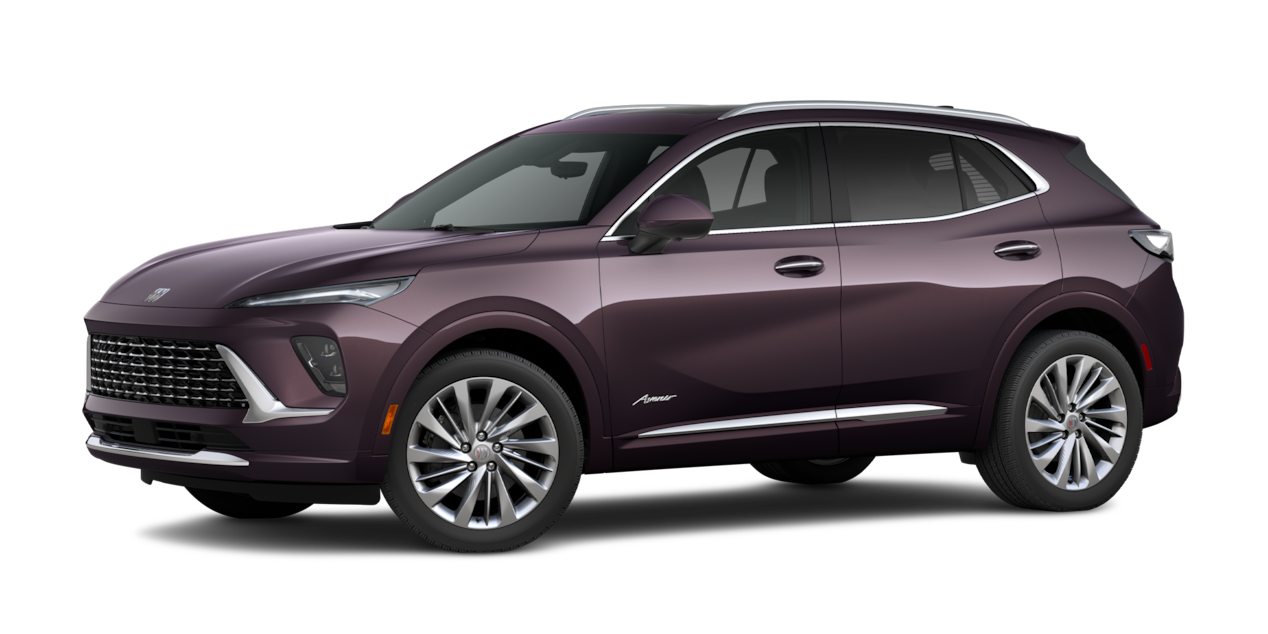
Starting at: {{starting_price}}{{starting_price_disclosure}}
As shown: {{as_shown_price}}{{as_shown_price_disclosure}}
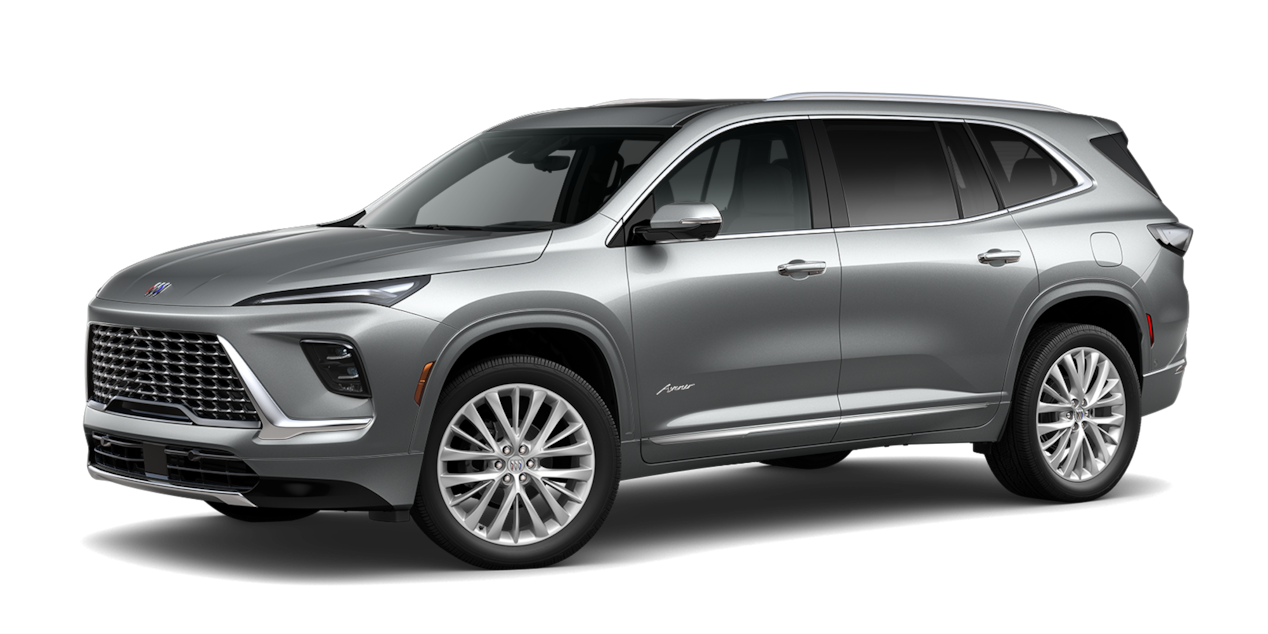
Starting at: {{starting_price}}{{starting_price_disclosure}}
As shown: {{as_shown_price}}{{as_shown_price_disclosure}}
Starting at: {{starting_price}}{{starting_price_disclosure}}
As shown: {{as_shown_price}}{{as_shown_price_disclosure}}
Starting at: {{starting_price}}{{starting_price_disclosure}}
As shown: {{as_shown_price}}{{as_shown_price_disclosure}}
Starting at: {{starting_price}}{{starting_price_disclosure}}
As shown: {{as_shown_price}}{{as_shown_price_disclosure}}
Starting at: {{starting_price}}{{starting_price_disclosure}}
As shown: {{as_shown_price}}{{as_shown_price_disclosure}}
Starting at: {{starting_price}}{{starting_price_disclosure}}
As shown: {{as_shown_price}}{{as_shown_price_disclosure}}
Starting at: {{starting_price}}{{starting_price_disclosure}}
As shown: {{as_shown_price}}{{as_shown_price_disclosure}}
Starting at: {{starting_price}}{{starting_price_disclosure}}
As shown: {{as_shown_price}}{{as_shown_price_disclosure}}
Starting at: {{starting_price}}{{starting_price_disclosure}}
As shown: {{as_shown_price}}{{as_shown_price_disclosure}}
Starting at: {{starting_price}}{{starting_price_disclosure}}
As shown: {{as_shown_price}}{{as_shown_price_disclosure}}
Starting at: {{starting_price}}{{starting_price_disclosure}}
As shown: {{as_shown_price}}{{as_shown_price_disclosure}}
Starting at: {{starting_price}}{{starting_price_disclosure}}
As shown: {{as_shown_price}}{{as_shown_price_disclosure}}
Starting at: {{starting_price}}{{starting_price_disclosure}}
As shown: {{as_shown_price}}{{as_shown_price_disclosure}}
Difficulty Level: Intermediate | Time Required: 20 min | Related Parts, Products, Services or Technology: RV tow bar and vehicle must be modified by a certified upfitter
Some vehicles are capable of being towed behind a recreational vehicle (RV) with all four of the vehicle’s wheels on the ground. This is called dinghy towing. Only select vehicles equipped with available all-wheel drive have the capability of being dinghy towed.
Be sure to check your Owner’s Manual to confirm whether your vehicle can be dinghy towed.
Before getting started with dinghy towing, your vehicle must first be modified by a certified upfitter (a technician who can install the necessary modifications). These modifications may include installation of a custom tow bar plate designed to fit behind your vehicle’s front grille where the RV’s tow bar will insert. The potential modifications will depend on the tow bar you select for your vehicle. Visit an RV retailer for guidance on finding a certified upfitter.
Your vehicle’s parking sensors and cameras should not be affected by these modifications, but it is important for your upfitter to confirm this. GM is not responsible for the safety or quality of independent upfitter alterations.
Once the necessary modifications have been made to dinghy tow your vehicle, follow the process below. It’s very important to follow this process exactly. Failing to do so can damage your vehicle’s transmission.
a. Check your Owner’s Manual for the location of the negative terminal if you have trouble finding it.
b. Certain safety features that take over vehicle functions, such as automatic braking, require battery power. These features can activate even when your vehicle is OFF. To prevent these features from activating while towing and damaging your vehicle, you must disconnect the negative terminal of the battery before towing.
9. Cover the negative battery terminal with a nonconductive material to prevent any contact with it.
To find out if your vehicle has this feature, contact your dealer or refer to your vehicle’s equipment list. Please check your Owner’s Manual for more information about features.
You are leaving buick.ca
You are leaving buick.ca to visit a website that is operated independently and not maintained by General Motors of Canada and where the General Motors of Canada privacy policy does not apply.
This link is provided to you for convenience and does not serve as an endorsement by General Motors of Canada of information or content that you may find on this site.
